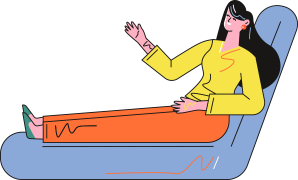How to determine if the nasal turbinates are enlarged
The diagnosis of turbinate hypertrophy first requires a visit to an otolaryngologist, where the doctor can examine the specific condition of the nasal conchae, along with considering clinical symptoms. Generally, turbinate hypertrophy might be accompanied by nasal congestion, a runny nose, and can also lead to headaches, dizziness, and a reduced sense of smell. Moreover, the more severe the enlargement of the turbinates, the heavier the clinical symptoms might be. In terms of treatment, most patients can opt for conservative medication; common treatments include oral medications and nasal sprays, and rinsing the nasal cavity with saline solution. During the treatment process, regular follow-up checks are necessary to observe the effects. A small number of patients who do not respond well to medication may need to consider surgery. (Please follow medical advice regarding medications.)
Trending Health Topics

Get the latest health & wellness news daily right to your inbox.


 Subscribe
Subscribe


